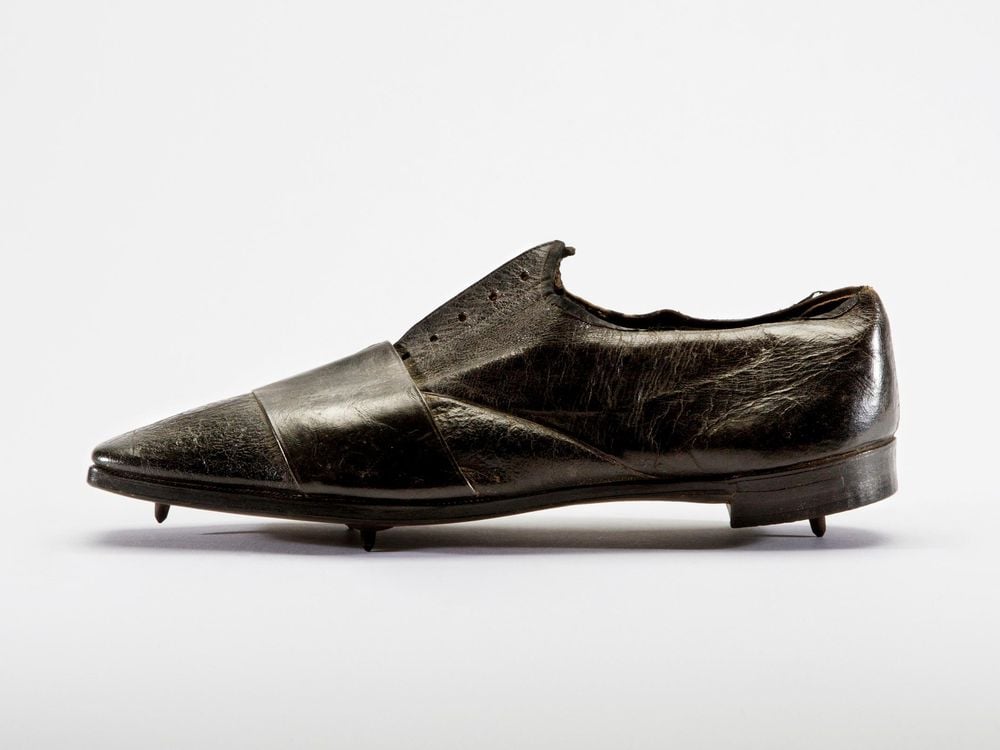THE HISTORY OF ULTRARUNNING THAT WILL ENTERTAIN, TEACH, AND SURPRISE YOU: “STRANGE RUNNING TALES”
Guess what: the running boom launching in the 1970s did not create running and jogging. That period followed the much earlier ultradistance boom some 200 years prior. Yes, 1773. You remember 1773, don’t you?
Here are some reminders:
Massachusetts enslaved people petitioned the legislature for freedom (1)
Captain James Cook became the first explorer to cross the Antarctic Circle
Charlestown, South Carolina, established the first public museum in the colonies
British Parliament passed the Boston Tea Act, banning the non-taxed tea that accounted for the vast majority of tea in the colonies, ticking off Bostonians
Construction of the first jail (in Pennsylvania): An experiment with solitary confinement
Not recognized, Foster Powell became “The Father of the Six-Day Race” when he covered 400 miles from London to York and back in those six days. Running historian Davy Crockett brings this physical big bang explosion to life in the ever-interesting and, at times, very funny “Strange Running Tales: When Ultrarunning Was a Reality Show.”
Then, covering distance on foot was named “Pedestrianism,” called today marathoning, ultrarunning, trail running, or road running. Crockett provides intriguing details, like P. T. Barnum with his circuses, “had the brilliant idea to move such attempts indoors for vast audiences to watch in his massive Hippodrome in New York City.” Winning was calculated by those accumulating the most miles, not a set distance. Round and round they go, where they land, no one knows.

So, while athletes run significant distances, the massive crowds in the stands are eating hot dogs and drinking adult beverages. What’s so funny is that Crockett found numerous accounts when runners participated in alcohol bumps of their own. He describes early in the book, “The sport of ultrarunning during the 19th century was truly filled with tales of strange tales that are unthinkable and shocking to us today.”
His efforts “scouring thousands of newspaper articles published in the era with amazing details” and bringing those stories to light shows right to the last page. Crockett highlights “the most bizarre, shocking, funny, and head-scratching stories that took place in ultrarunning . . . .”
As one could guess, all kinds of events occurred, with examples like “1,100 miles in 1,100 hours at the Top of Each Hour,” which meant each additional mile began at the top of every hour. That added a hardship since rest or sleeping only accounted for 45 minutes (or so) of consecutive downtime. The mile had a time limit of 20 minutes.
Then, “2,000 Half Miles in 2,000 Half Hours,” with a mile each hour. That’s “requiring an outrageous sleep pattern for nearly 42 days,” writes Crockett. These variations go on for pages and pages, each with its crazy actions by competitors, coaches, or audiences.
One chapter seems much like today: “Hallucinations and Cranky Runners.” Anyone who has participated in distance events knows those crazy things we think or see are just that: crazy things. Put that in an arena, and all sorts of turmoil occur, like “Missing Runners,” “Sleep and Dreams,” along with “Runner Misbehavior” (think fist fights). Can you imagine athletes fighting at the turnaround of a modern-day 100-miler, much less while passing on a mountain trail?
Much of the turmoil in these ultra-ultra distances came from the introduction of gambling on ultrarunning. Fortunes earned by the gambling sponsor and the runner(s) remind one of horse racing at the Kentucky Derby. High visibility events with the excitement of winning or losing and mishaps galore seem more interesting with humans participating in these races. Fans jumping out of the stands to whack the legs of a competitor, sponsors spiking their athletes’ water with stimulants and booze, and just life itself are highlighted.

An example of life problems includes the sad suicides some athletes used to overcome their problems, problems seemingly from the “pile-up of a fortune of winnings only to see it gone within a few years because of wild spending, gambling or from being swindled. Health issues were also a factor.”
But, humor in life continues in the book, such as Mattie Potts receiving 11 marriage proposals while covering the distance from Philadelphia to New Orleans and back in five months. And craziness, as this newspaper headline carried: “How Two Men Broke up a Six Day’s Walking Match—Tearing Up the Track and Assaulting One of the Walkers.”
Davy Crockett created the written history of Ultrarunning History in six books. As a prolific writer, he published five of those this year. That’s called ultrawriting. This book, plus the others, is inexpensive and available at Amazon.
Much of the book caused me to laugh out loud; parts were sadness. But “Strange Running Tales” rates as a cornerstone in running history. To realize ultra distances were raced centuries ago and held the public’s attention for those centuries becomes one of the many lessons in the book. Another is, why not allow gambling on ultradistance racing in today’s world? If so, don’t bet on me.
(1) Historical Events in February 1773 – On This Day (reminders list from this link)
*** Featured Image Photo –> BBC News Magazine, Illustrated London News



